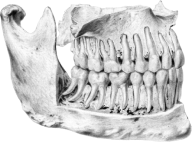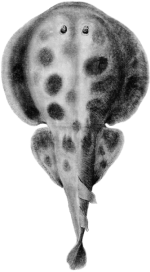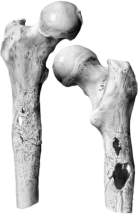
Lower leg bones (tibia and fibula) showing osteitis deformans (Paget's disease), 1909
Pathology Collection
The pathology collection consists of over 4,000 specimens illustrating all the important branches of surgical pathology.
The pathology specimens are catalogued by the following groups, covering examples of malformations, injuries, vascular lesions, infections, primary and secondary tumours, and other sundry lesions when possible:
- musculoskeletal system
- alimentary system
- female genital system
- breast
- male genital system
- respiratory system
- haemopoietic and lymphoreticular systems
- cardiovascular system
- urinary system
- endocrine system
- nervous system and special sense organs
- integumentary system
- pathology of gestation
- teratology
Many of the specimens have associated case histories and large number have associated histopathological slides and/or wax tissue blocks which can aid research.
The specimens date from the 1800s through to the present day.
Specimens in this collection have museum identification numbers with the prefix RCSPC.
Human Tissue Act
Many of the human tissue specimens in the Pathology Collection are under 100 years old and therefore covered by the Human Tissue Act (HTA) 2004. This act regulates the removal, storage and use of human tissue. Consequently these specimens have restrictions on how they can be used.
Human remains which are less than 100 years old are not included in SurgiCat, the Royal College of Surgeons of England collections catalogue. Please contact RCS England Museums if you require information on human tissue less than 100 years old.
Anatomy and Pathology Museum
More than 500 of these specimens are on permanent display in the Anatomy and Pathology Museum at the Royal College of Surgeons of England, along with specimens from the Anatomy Collection. This museum is open to medical and allied health trainees and professionals in order to support their understanding of human anatomy and pathology.
Visit the Anatomy and Pathology Museum website to find out more.



